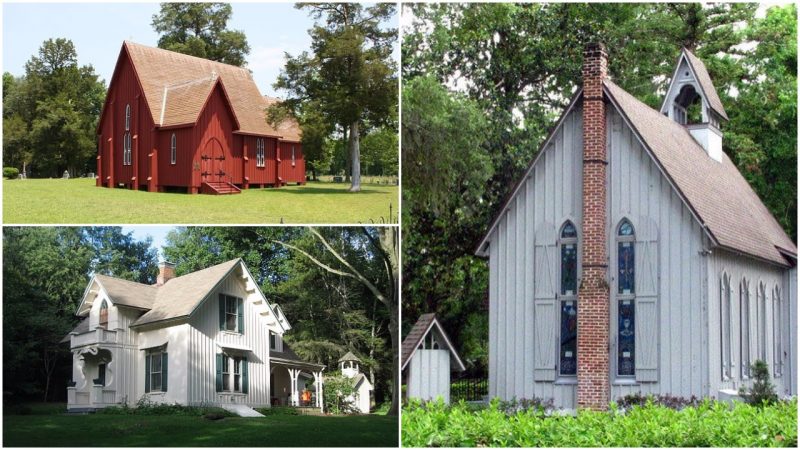Carpenter Gothic, also known as Rural Gothic, is a style of architecture that developed in North America in the mid-19th century.
Wooden houses, decorated with motifs of Gothic Revival detail, make up the trend, which hasn’t died out even today.
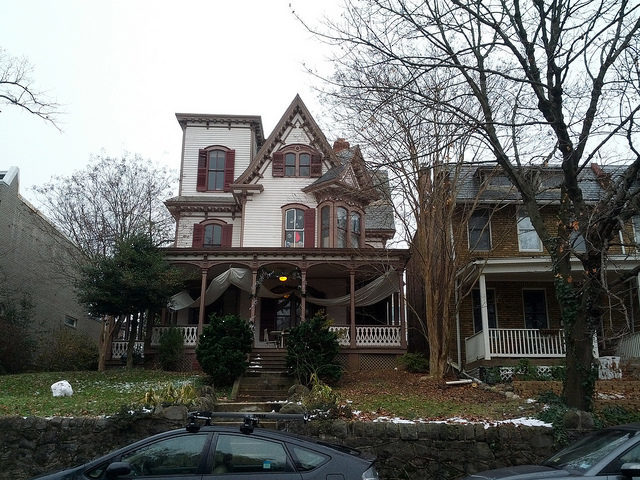
Carpenter Gothic’s use of wood instead of stone sets it apart from other forms of Gothic architecture. Wood was what was readily available for families building their homes. The carpenters used as inspiration features carved in stone on classic Gothic buildings: pointed arches, steep gables, and towers.
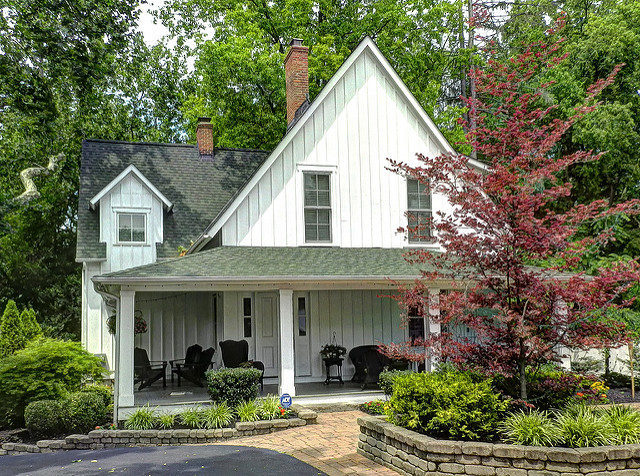
Beside the houses built in Carpenter Gothic style, it can also be seen on small wooden churches. They followed the traditional American light-frame construction, with details such as steeply pitched roofs, pointed arches, barge boards, and steep gables. The windows were often inspired by the English Gothic cathedrals, which were made with high pointed arches.
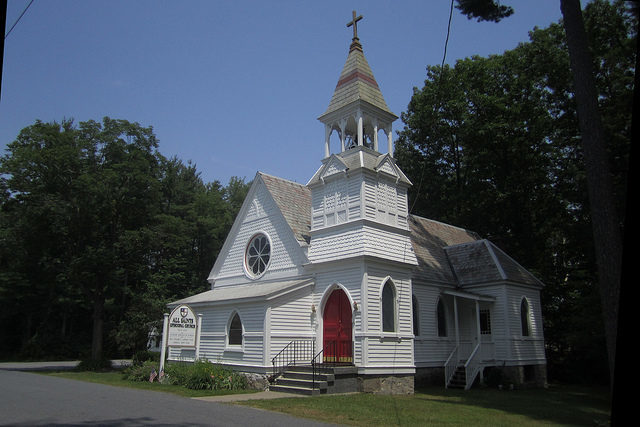
In 1930, the artist Grant Wood depicted a Carpenter Gothic house in his best-known painting, the famous American Gothic. It is based on a real house Wood spotted in Eldon, Iowa, and sketched on the back of an envelope. The wooden house, with its medieval-style window, rises behind the grim-looking man and woman. (The models for the people in the painting, Wood’s sister and his dentist, never actually stood in front of the house.)
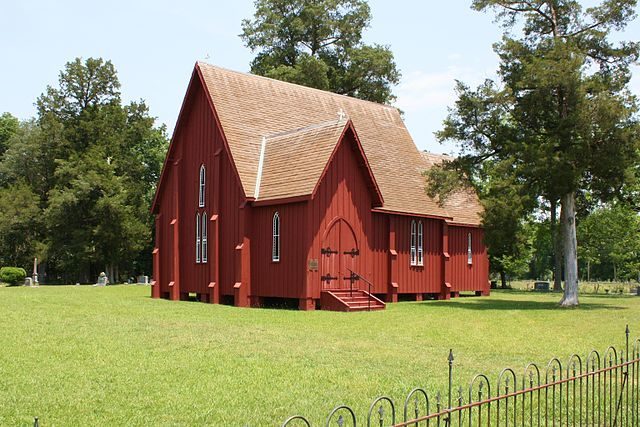
Although the painting was an instant classic, winning art awards, some people in Iowa were offended, feeling they were being mocked. One local woman was so enraged that she threatened to bite Wood’s ear off. Another suggested he have his “head bashed in.” Wood insisted he was a “loyal Iowan” and didn’t mean to upset anyone.
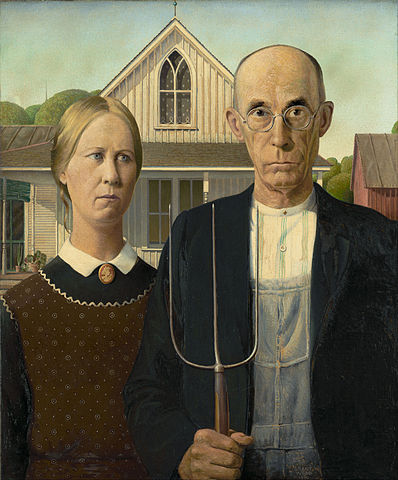
One of the prominent characteristics of the style was jigsaw details. Designers experimented with form while creating Carpenter Gothic architecture. Board and batten siding were common, in particular on the larger houses and churches. Ornamentation was practically limitless with the use of wood as a versatile material. Wooden ornamentation was also incorporated into brick Gothic Revival buildings, particularly in Arizona and New Mexico, where Carpenter Gothic architecture style was not commonplace.
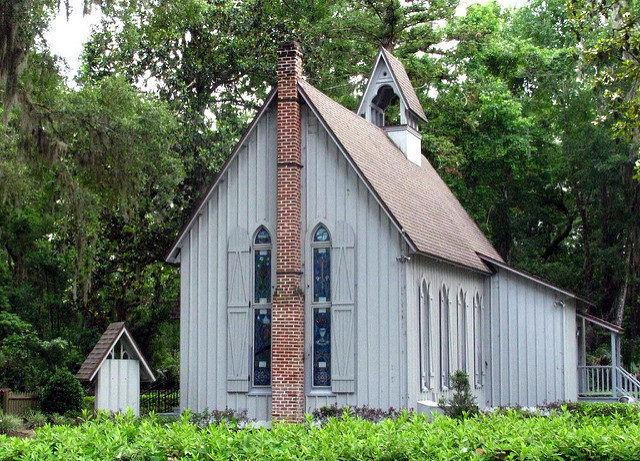
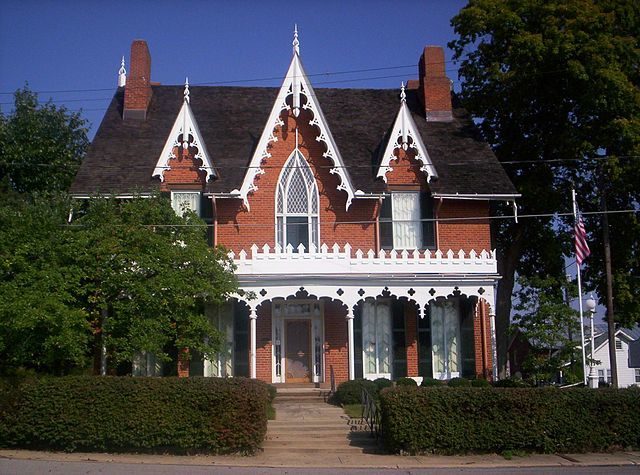
Until 2002, the Seth family lived in one Carpenter Gothic house in downtown Albuquerque, which was built circa 1882. Many houses in this style were built in Nevada in the 1860s and 1870s, and stand today. Places of worship in Carpenter Gothic style are typical in parts of Canada too, though not seen as much in the provinces of Ontario and Quebec.
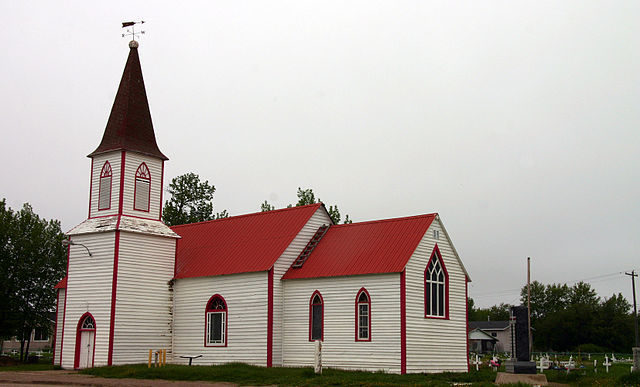
A lot of Carpenter Gothic houses and churches are preserved and listed on the National Register of Historic Places. St. Saviour’s Episcopal Church, built in 1847 in Maspeth, New York, by Richard Upjohn is a prime example. It was sold in 2006. The developer who bought the church made a contract with the city to preserve it.
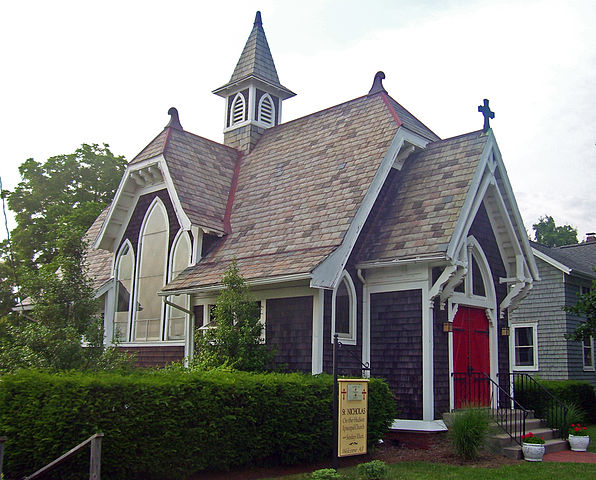
All Saints Church in Jensen Beach, Florida, is another classic example of Carpenter Gothic. It was relocated to a hilltop in the 1960s to get a better view and make better use of the land.
Carpenter Gothic style buildings are still being constructed in the modern era, such as St. Luke’s Church in Blue Ridge, Georgia, which was built in 1995.
